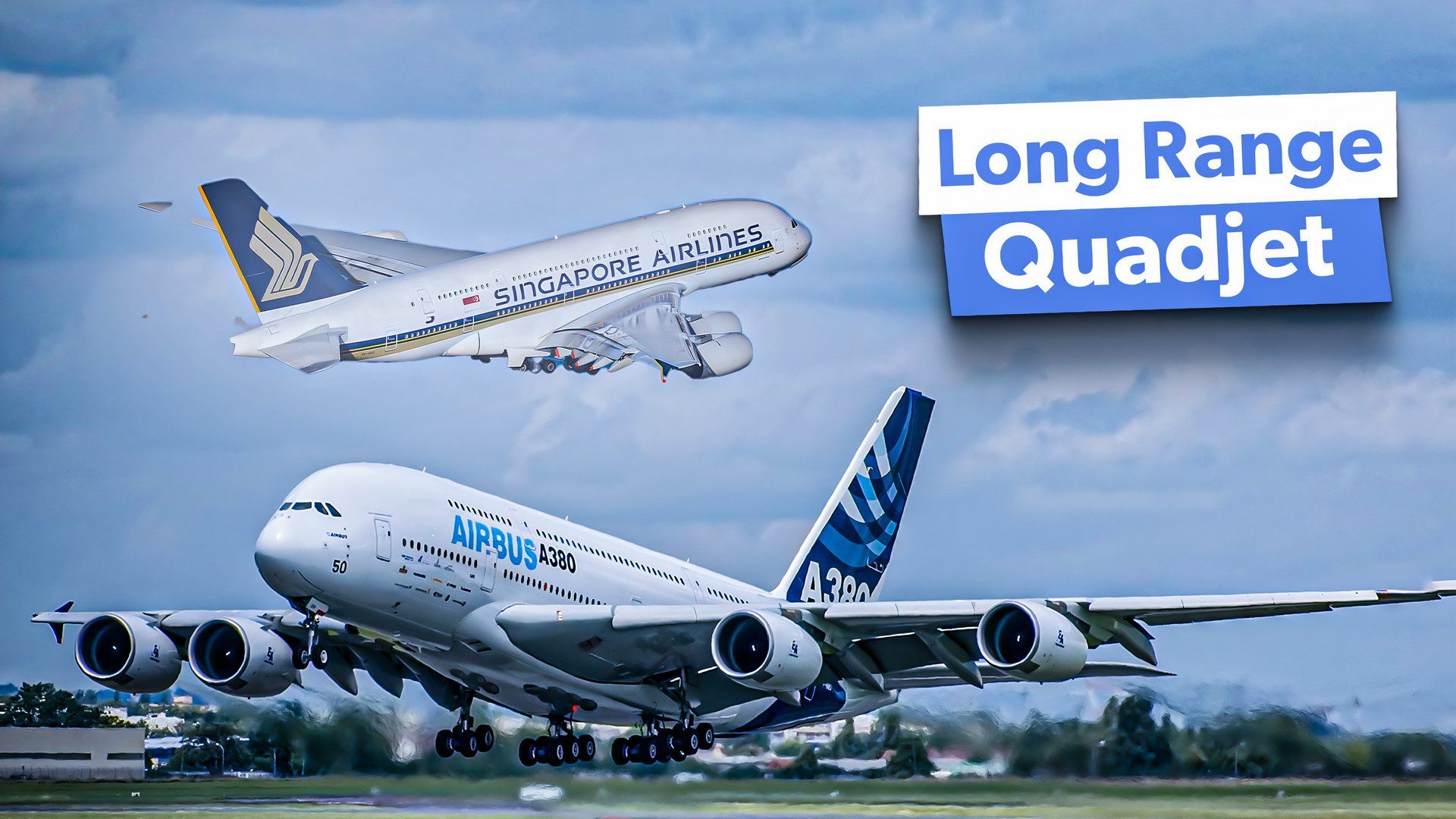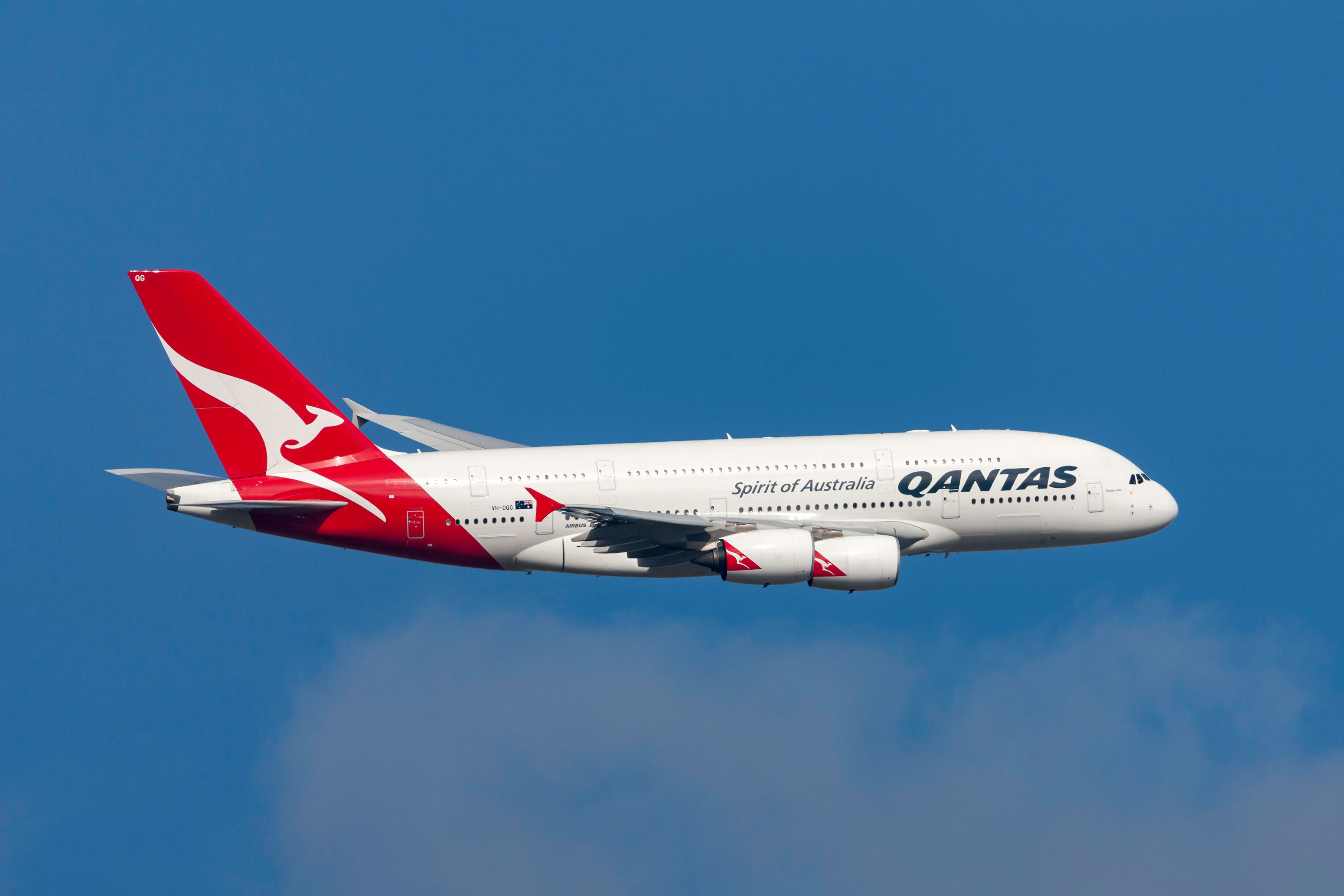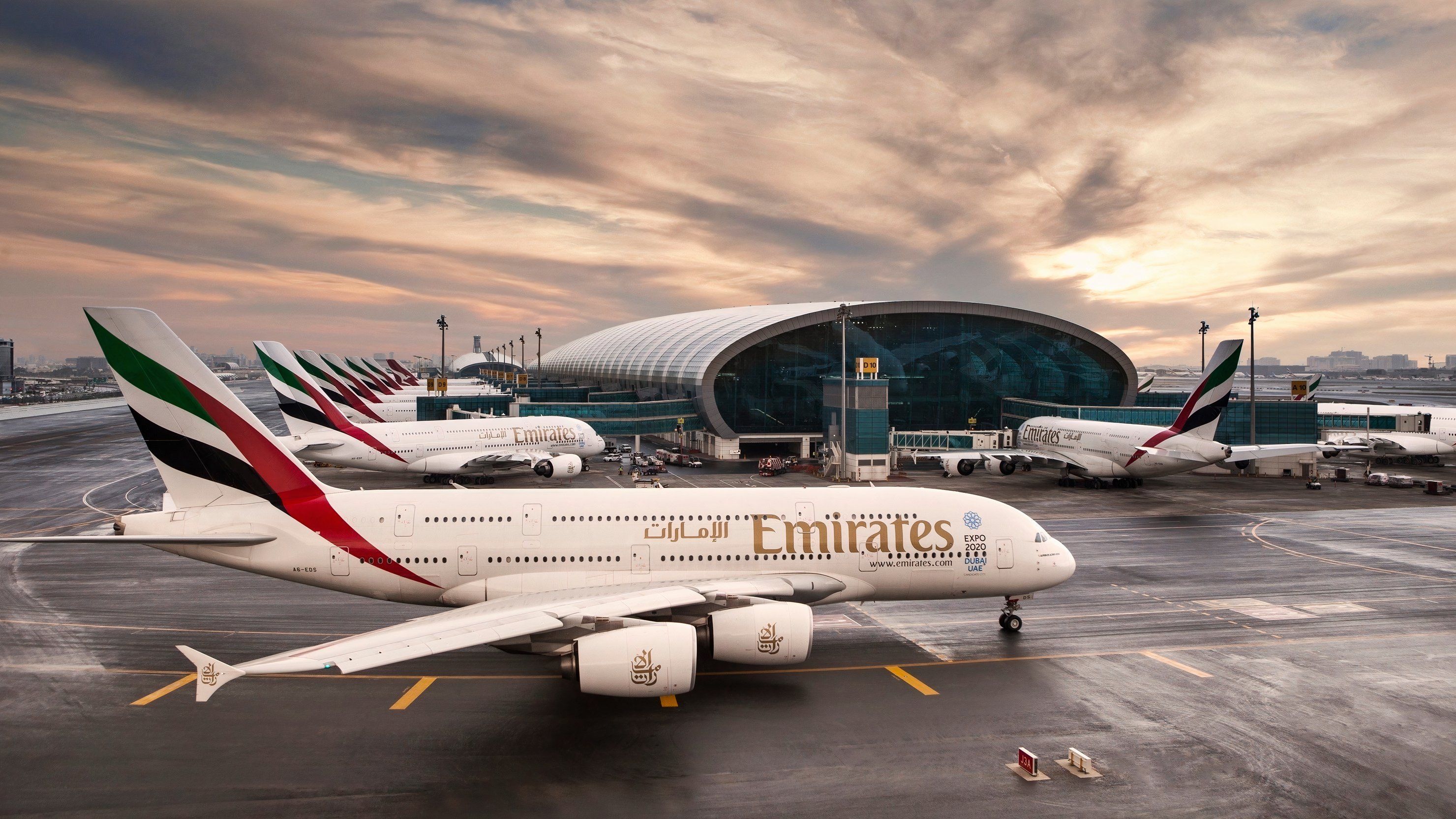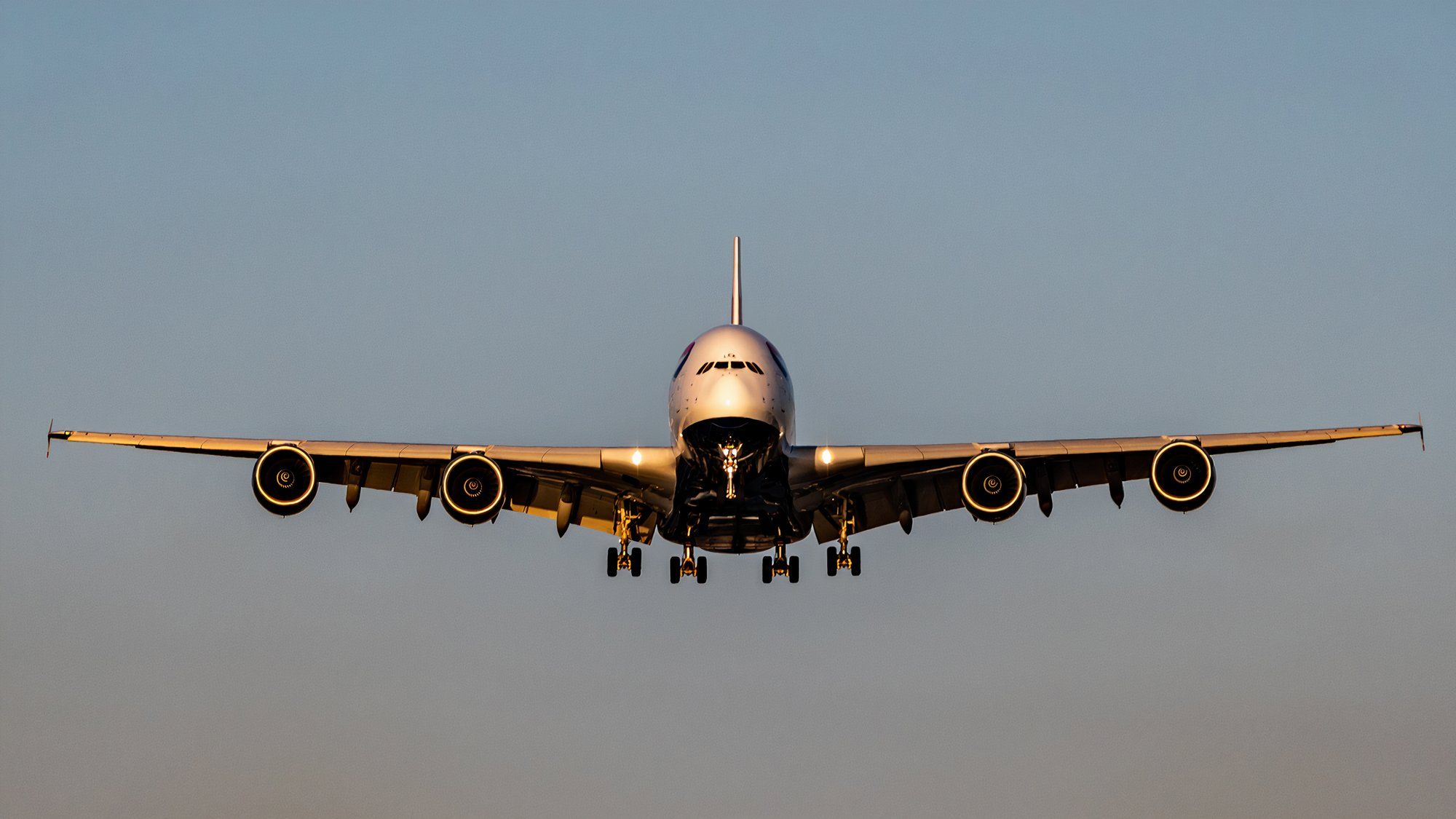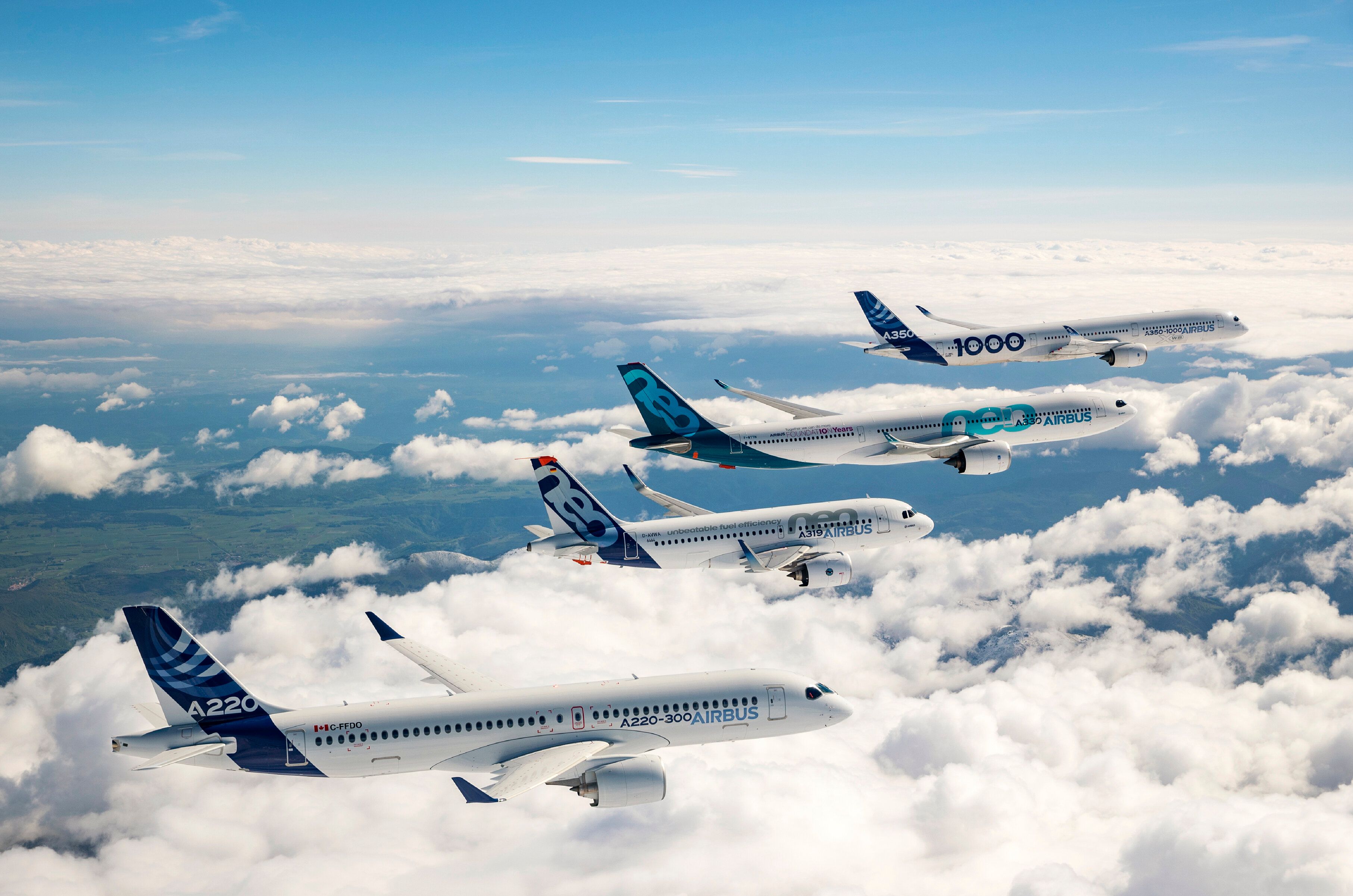Summary
- The Airbus A380 can fly up to 8,200 NMs in range thanks to its GP7200 engines and high-capacity seating configurations.
- Emirates dominates the top five longest A380 flights, showcasing the aircraft’s ability for ultra-long-haul routes.
- Despite its impressive capabilities, the A380’s limited flexibility and operating costs have hindered its full potential.
The iconic Airbus A380 has flown over a million passenger flights since it was first introduced into commercial service with Singapore Airlines in October 2007. While a few scheduled A380 flights are surprisingly short for the largest passenger aircraft in the sky, we usually think of the A380 as being purpose-built for ultra-long-haul flights of 12+ hours. But just how far can the A380 actually fly?
Airbus states that the A380 has a range capability of 8,000 nautical miles (NM) (14,800km) in a standard 4 class, 545 seat configuration. In reality, most A380 operators have typically configured their aircraft with closer to 500 seats (or less). So Engine Alliance, manufacturer of the GP7200 engines that power the majority of A380s, is probably more accurate when stating a slightly longer 8,200 NMs (15,200 km) range.
The longest A380 flight ever
Without the weight of passengers and cargo, the range of the A380 increases considerably. The longest-ever A380 flight took place in 2019 when a Qantas A380 flew 8,700 NM (16,100km) from Dresden, Germany, to Sydney, Australia, in a journey that took 18 hours and 26 minutes in total.
Photo: Ryan Fletcher | Shutterstock
Registered VH-OQH and given the name “Reginald Ansett”, the aircraft had been at the Airbus maintenance hub in Dresden for a cabin refit. The flight back home to Sydney was therefore a non-commercial service, with no passengers or cargo onboard, allowing the aircraft to push on well past its published range capability and complete the trip without a stopover.
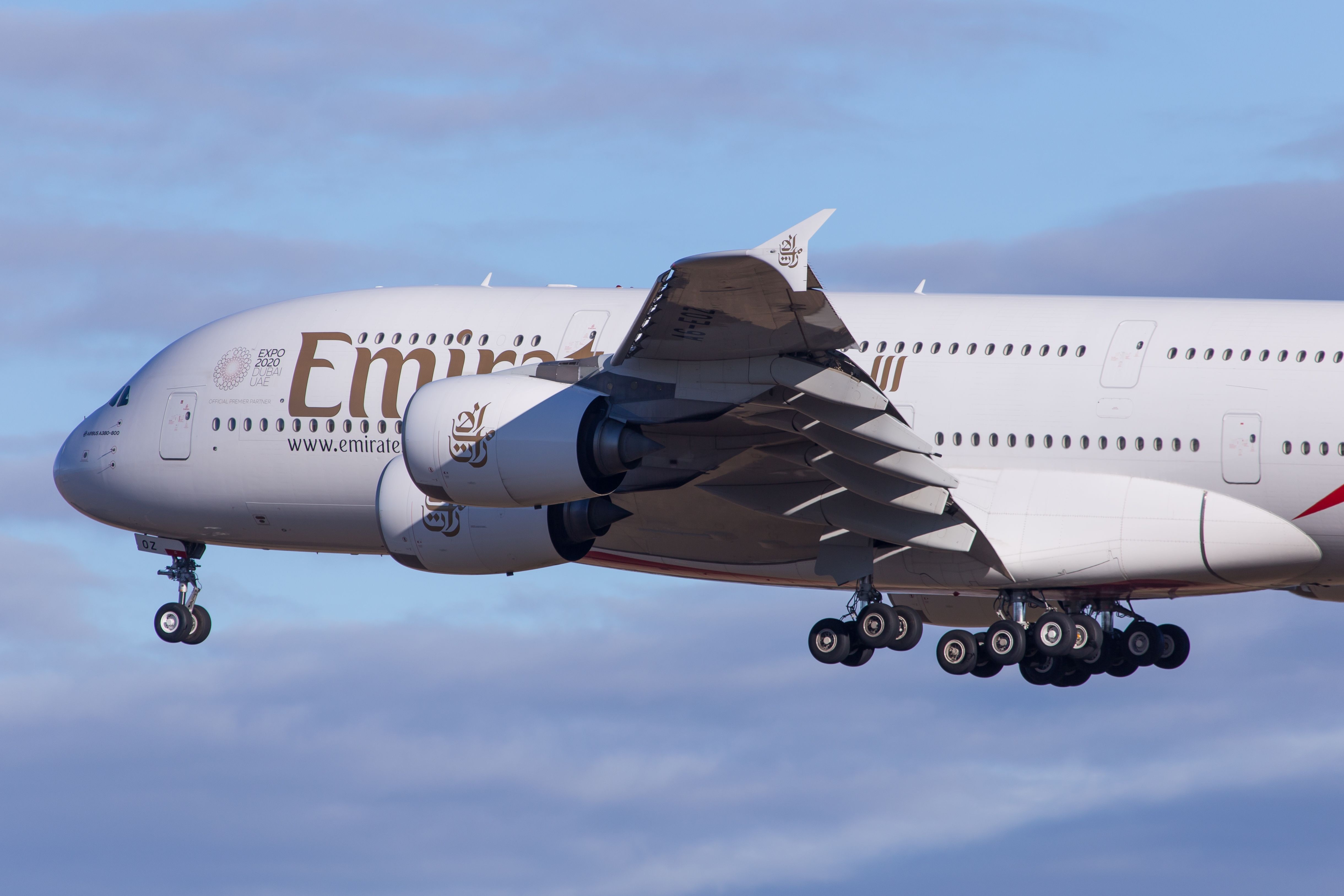
Related
Record Smashing: What Is The Longest Airbus A380 Flight?
Currently, 143 examples of the European “Super Jumbo” are active globally.
The longest A380 commercial flights
The longest A380 commercial flight operating today is Emirates’ 7,700 NM (14,200 km) sector from Dubai to Auckland, with a scheduled block time of 15 hours and 45 minutes. Unsurprisingly, as the largest operator of the A380, the Dubai-based carrier has four of the top five longest A380 flights, which also include scheduled services to San Francisco, Houston and Los Angeles that range from 7,000-7,250 NMs (13,000-13,500km).
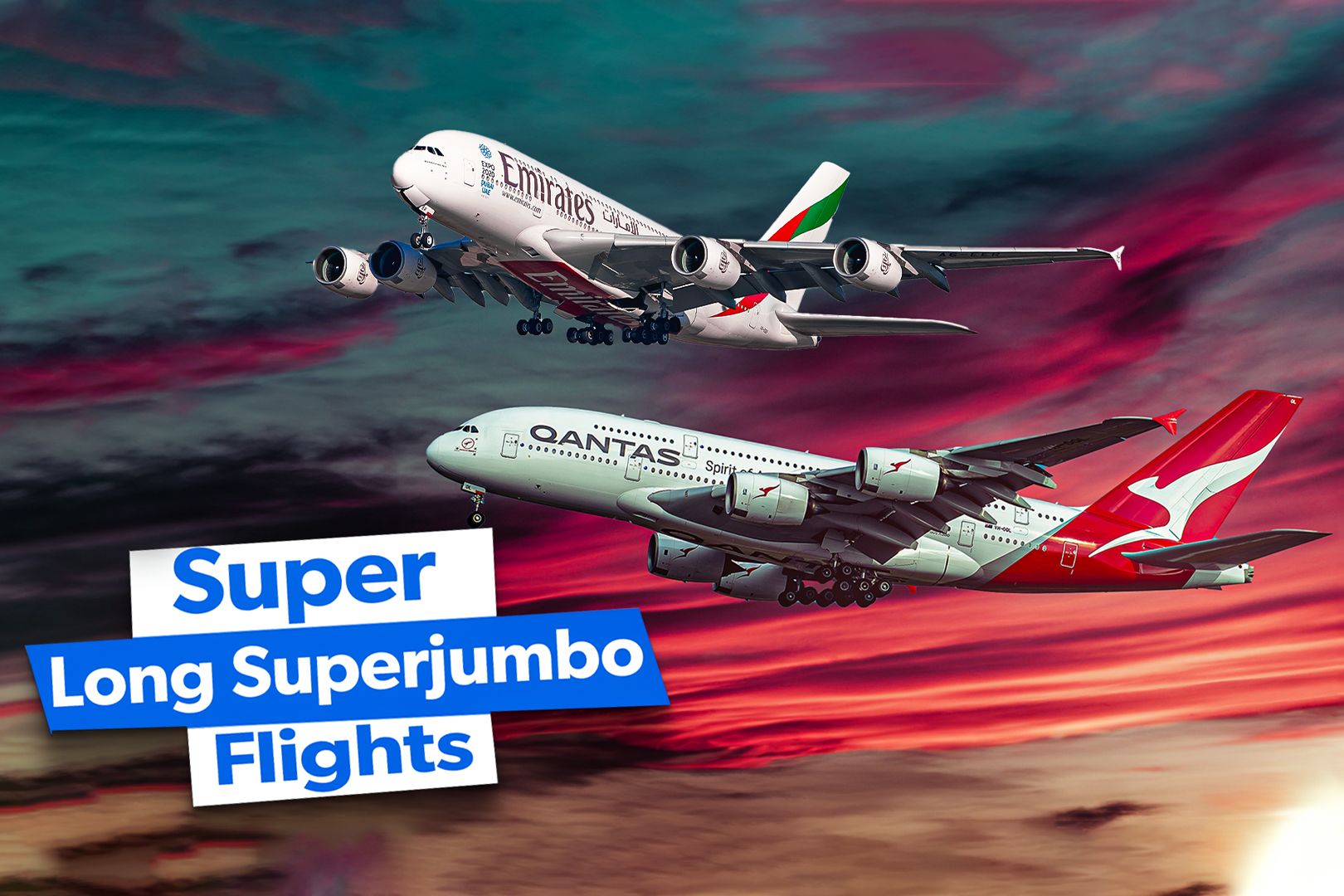
Related
Top 5: These Are The World’s Longest Airbus A380 Routes In Summer 2024
Out of the five longest Airbus A380 routes, four are operated by Emirates out of Dubai International Airport (DXB).
Fifth on the list is Qantas’ flight from Melbourne to Los Angeles at 6,900 NMs (12,700km), which is already some way off the A380’s maximum range. And the list of long A380 sectors drops off quickly from there. In reality, the average A380 sector length across all 15 of the airlines that have operated it is just 4,100 NM (7,500km), roughly half the maximum range of the aircraft.
Photo: Daniela Collins | Shutterstock
Why doesn’t the A380 fly more ultra-long-haul flights?
In theory, the A380 could fly all but two of the ultra-long-haul commercial flights in existence today. Only the “Singapore Sisters” – the two longest commercial flights operated by Singapore Airlines to New York JFK and Newark – are out of reach. Both clock in at nearly 8,300 NMs (15,500km), beyond the range of the A380, and so utilize specially configured A350-900 ULRs.
But filling out the list of top five longest routes are flights that the A380 could cover, operated by airlines that have A380s within their fleets:
- Qatar Airways from Doha to Auckland at 7,850 NMs (14,500km), flown with an Airbus A350-1000
- Qantas from Perth to London Heathrow at 7,850 NMs (14,500km), flown with a Boeing B787-9
- Qantas from Melbourne to Houston at 7,800 NMs (14,450km), flown with a Boeing B787-9
So why do these airlines not use the A380 when it could handle the range? In reality, the A380 with its higher weight and four less-efficient engines, versus two more-efficient engines on a A350 or B787, makes it less desirable from an operating cost perspective.
Photo: Joe Kunzler | Simple Flying
But it’s more than that. While it may have the range to compete with other aircraft types, it also has around 500 seats to fill. So the risk of an A380 flying well below capacity is far higher than with an A350 or B787. Nico Buchholz, a former Airbus sales executive who later ordered the A380 for Lufthansa, put it best when he said:
“The problem with the A380 is that you can’t send the upper deck somewhere else when a route it is on doesn’t perform as planned.”
A380 plans that never became reality
One of the biggest challenges with the A380 is that the -800 version was meant to be a stepping stone to a whole range of new A380 variants that ultimately never materialized. This included the following:
- A higher capacity A380-900 which was part of the original design specifications.
- An A380F that garnered orders from DHL and Fedex, but was ultimately never produced as Airbus focused on the passenger version following production delays.
- An A380neo with increased capacity, improved engines and re-designed winglets.
- An A380plus, Airbus’ last attempt to breathe life into the flagging A380 program, with a higher MTOW for increased range.
With the A380-900 already on the drawing board from the outset, the -800 ended up carrying the baggage of future design intentions, as former Airbus sales chief, John Leahy explains:
“The real challenge with the A380-900 plan was not that the stretch was never built, it was that it made the -800 a much worse version. From the beginning, they built a larger wing and more weight into the airplane so they could do the -900 later, and that was a program mistake.”
Ultimately, other variants of the A380 never came to pass, and the program came to an early end when the last A380 was delivered to Emirates in December 2021. While Emirates has been successful in utilizing the A380 within its hub-and-spoke network, other airlines typically only utilize it to connect larger, higher-demand city pairs, prizing it for its capacity much more than its range.
What is the longest (or shortest) A380 flight that you have been on? Where would you like to see the A380 flying? Let us know your thoughts in the comments section.

